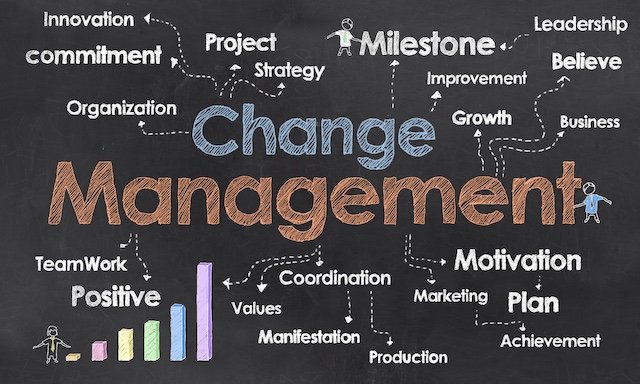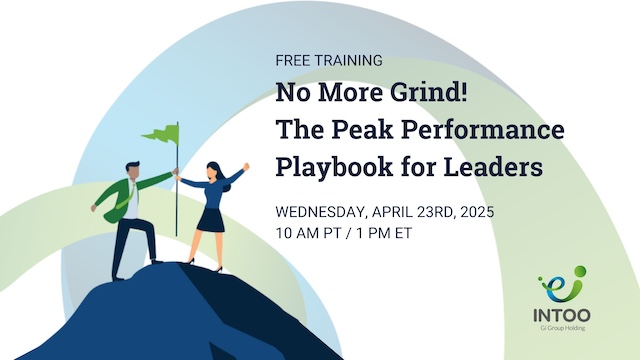Providing goal-setting frameworks for your employees is essential for meeting individual and organizational performance expectations and helping them reach their personal career aspirations. I By defining clear objectives, breaking them down into actionable steps, and tracking progress, your team members can remain motivated and focused. The right framework can transform their work into tangible accomplishments, keeping your employees accountable and energized on their journey.
10 Proven Goal-Setting Frameworks to Utilize in 2024
Here’s a list of 10 useful goal-setting frameworks for any organization to accomplish its objectives, whether centered around profit, innovation, efficiency, customer satisfaction, or any other meaningful factor of a successful business or for individual improvement. We offer descriptions, real-world examples, and strengths of each type of framework below.
1. SMART Goals
Description: The SMART framework stipulates that goals should be Specific, Measurable, Achievable, Relevant, and Time-bound. This structure ensures clarity and focus in goal-setting, making it easier to track progress.
Example: A software company sets a SMART goal to increase user engagement by 20% within six months by launching new features and enhancing customer support. This clear target allows teams to monitor progress effectively.
Strengths: Enhances clarity, ensures accountability, and facilitates measurable progress.
2. OKRs (Objectives and Key Results)
Description: OKRs define ambitious objectives and measurable key results to track progress. This framework encourages alignment across teams and fosters a culture of transparency and accountability.
Example: A marketing team sets an objective to increase brand awareness, with key results such as gaining 10,000 new social media followers and achieving a 25% increase in website traffic within a quarter. This structure keeps the team focused on measurable outcomes.
Strengths: Promotes alignment, encourages high performance, and facilitates regular check-ins.
3. BHAG (Big Hairy Audacious Goal)
Description: A BHAG is an ambitious, long-term goal that motivates and inspires teams to strive for significant achievements. It encourages organizations to think beyond conventional limits and pursue bold visions.
Example: A clean energy startup sets a BHAG to become the leading provider of renewable energy solutions globally by 2035. This bold vision energizes employees and creates a shared sense of purpose.
Strengths: Inspires innovation, fosters commitment, and creates a unifying vision.
4. 4DX (Four Disciplines of Execution)
Description: The 4DX framework focuses on executing goals by identifying wildly important goals (WIGs) and tracking lead and lag measures, which look at more immediate future performance and longer-term outcomes. It emphasizes prioritization and accountability in execution.
Example: A sales team identifies a WIG to increase quarterly revenue by 30%, using lead measures like weekly sales calls and lag measures like total sales revenue. This disciplined approach helps maintain focus on critical outcomes and allows for adjustments to be made regularly to positively impact the overall goal.
Strengths: Balances strategic focus with daily actions, enhances accountability, and drives individual results.
5. GROW Model
Description: The GROW model stands for Goal, Reality, Options, and Will, guiding teams through a structured coaching process to develop actionable plans. It encourages individual exploration and reflective thinking.
Example: A manager uses the GROW model to help an employee improve collaborative skills by setting the goal of more effective communication, assessing current challenges, exploring solutions like regular check-ins, and committing to actions. This structured approach empowers ownership.
Strengths: Promotes critical thinking, enhances problem-solving, and encourages personal accountability.

6. PESTLE Analysis
Description: PESTLE stands for Political, Economic, Social, Technological, Legal, and Environmental factors, providing a comprehensive framework for setting informed goals based on external influences. This analysis helps in strategic planning and risk assessment.
Example: A manufacturing firm uses PESTLE to set a goal of expanding into a new market by analyzing regulatory changes, economic conditions, and technological trends. This thorough approach informs critical decision-making.
Strengths: Offers a holistic view of external influences, enhances strategic planning, and mitigates risks.
7. KPIs (Key Performance Indicators)
Description: KPIs are specific metrics used to measure the success of an organization in achieving key objectives. They facilitate monitoring and evaluation of progress over time.
Example: A retail company sets a KPI to increase customer retention rates by 15% over the next year by implementing a loyalty program. This quantifiable metric helps track success and adjust strategies as needed.
Strengths: Supports data-driven decision-making, provides clear employee performance evaluation metrics, and enhances accountability.
8. The Eisenhower Matrix
Description: The Eisenhower Matrix helps prioritize tasks based on urgency and importance, allowing managers to focus on what truly matters. This method aids in effective time management and decision-making.
Example: A project manager categorizes tasks for a product launch, identifying “urgent and important” tasks like finalizing design and “not urgent but important” tasks like planning future marketing strategies. This prioritization helps allocate resources effectively.
Strengths: Enhances focus, improves time management, and reduces overwhelm.
9. Balanced Scorecard
Description: The Balanced Scorecard translates an organization’s mission and vision into specific objectives across four perspectives: Financial, Customer, Internal Processes, and Learning & Growth. This framework provides a holistic view of performance.
Example: A healthcare organization sets objectives to improve patient satisfaction, enhance operational efficiency, and increase staff training opportunities, aligning all efforts with its strategic goals. This multidimensional approach fosters balanced growth.
Strengths: Encourages a comprehensive view of performance, aligns strategy with execution, and supports long-term planning.
10. Lean Goals
Description: Lean goals focus on maximizing value by minimizing waste, particularly in the manufacturing and service sectors. This approach promotes continuous improvement and efficiency.
Example: A production facility sets a lean goal to reduce waste by 25% over the next year through process optimization and employee training initiatives. This focus on efficiency enhances overall productivity.
Strengths: Drives efficiency, fosters a culture of continuous improvement and enhances customer value.
These frameworks can help managers and leaders set effective, actionable goals that drive organizational success.
Conclusion
Goal-setting frameworks are essential in the workplace as they provide structure and clarity to organizational and individual objectives. By establishing clear, measurable goals, these frameworks enhance alignment across teams, improve accountability, and drive performance. They also foster a culture of continuous improvement, helping employees stay focused and motivated. Ultimately, effective goal-setting not only contributes to individual and team success but also supports the overall strategic vision of the organization, leading to sustained growth and innovation.
INTOO can help your organization meet its goals by providing employee coaching, training programs and workshops, and leadership training so that individual members of your workforce are inspired and equipped to perform their best. Contact us today to learn which of our programs are right for your business.











